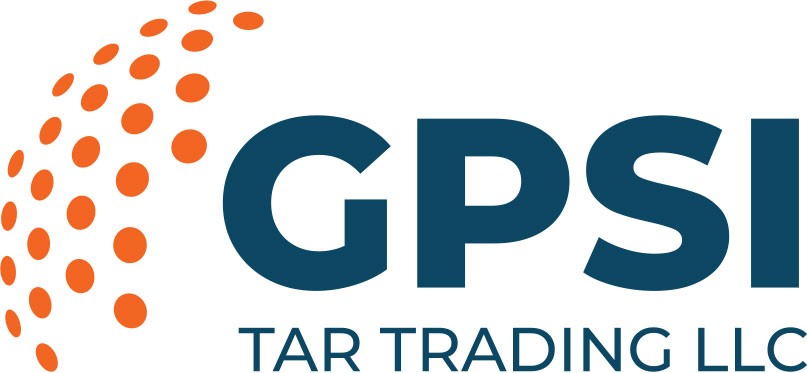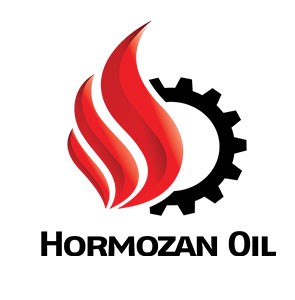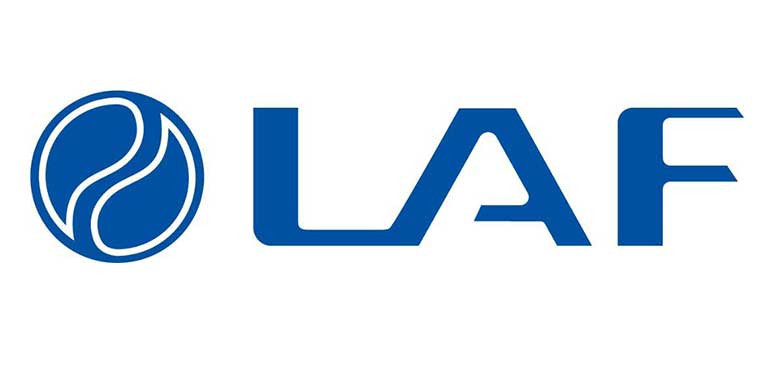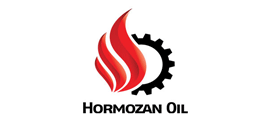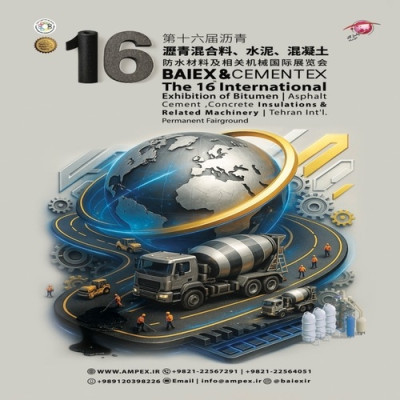According to WPB, the global oil market is heading toward a significant surplus as production outpaces consumption. Although there was a moderate recovery in petrochemical feedstock use in the third quarter of 2025, overall demand is expected to remain weak due to slower economic activity and the ongoing transition toward electric transportation.
Most recent analysis shows that demand for oil increased by around 750,000 barrels per day (b/d) last year. However, growth in both 2025 and 2026 is seen to stay at around 700,000 b/d—well below earlier expectations and well below the average rate of the past decade. Total demand is seen to increase to 103.8 million b/d in 2025 and 104.5 million b/d in 2026.
On the supply side, production has gone on growing strongly. Output rose by nearly 760,000 b/d month-on-month in September, which put global production at close to 108 million b/d. Forecasts indicate an additional rise of about 3 million b/d in 2025 and a further 2.4 million b/d in 2026. Much of this growth will be both from OPEC+ members and non-OPEC+ producers such as the United States, Brazil, Canada, Guyana, and Argentina.
Refining activity is also set to recover after seasonal maintenance. Crude processing is expected to rise by around 600,000 b/d in 2025 and 460,000 b/d in 2026, bringing total throughput to around 84 million b/d. Refining margins have also improved worldwide, supported by tighter supplies of diesel and jet fuel following disruptions to Russian refining activity. These dynamics propelled light crude refining margins to nearly two-year highs in several key areas.
Global oil inventories have reached a four-year peak of nearly 7.9 billion barrels, with both OECD and non-OECD countries, China in particular, recording gains. The largest increase has been in oil stored at sea, which is up by over 100 million barrels, indicating a widening gap between supply and demand.
By and large, the oil market is subdued in price terms, but the underlying fundamentals—rising production, lackluster growth in demand and filling storage—point to a phase of prolonged oversupply that is perhaps redrawing global energy equations in the near term.
By Bitumenmag
Crude, Oil, Petroleum


